Following the success of Laia Abril’s exhibition On Rape and Institutional Failure hosted in London by the V&A Parasol Foundation Women in Photography project in November 2022, we are excited to acquire six photographs from this important body of work for the V&A’s permanent collection.
On Rape and Institutional Failure is a visualisation of the origin of gender-based stereotypes and myths, and the failing structures of law and order, that perpetuate rape culture. Abril collates and interweaves compiled testimonies, political proclamations, historical archives, popular and traditional beliefs, switching the narrative from the survivors to the institutions to highlight society’s failures to deal with sexual violence. On Rape is the second chapter of Laia Abril’s long-term project ‘A History of Misogyny’, a visual research through historical and contemporary comparisons of the systemic control of women in the world.
Charlotte Jansen is an arts journalist and the author of two books on photography, Girl on Girl (2017) and Photography Now (2021). She has written for The Guardian, the Financial Times, the New York Times and British Vogue. Jansen is the curator of Discovery at Photo London. Here, we asked her to comment on the V&A’s acquisition of Laia Abril’s works.
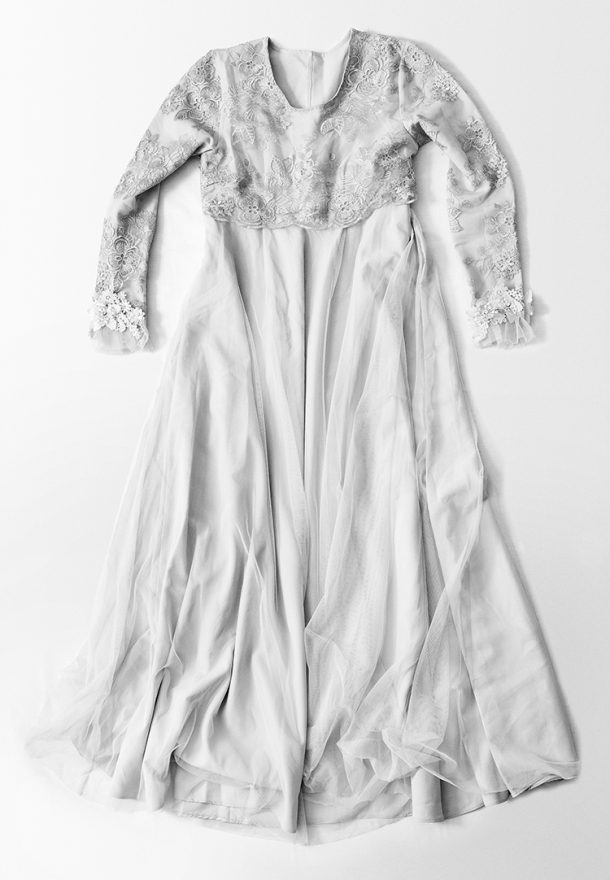
Once you’ve seen it, you never forget it: ethereal and elegant beneath glass, a larger-than-life photograph of a white wedding dress, intricately, prettily embroidered with flowers, flowing into a full, diaphanous skirt. It is a thing of beauty, but veiled in its ghostly grace is a story of horrific patriarchal violence and survival. In a testimony accompanying the image, Alina recounts a traumatic experience: this was the dress she was forced to wear, age 21, when she was kidnapped and forced to marry a man she had never met. The practice of ‘Ala kachuu’ is illegal in Kyrgyzstan, yet it is thought as many as a third of marriages in the country are non-consensual. Young women are abducted by their future husband, often with the help of his friends and relatives, and brought to his family home, where she is coerced into the marriage by female relatives and sometimes – as in Alina’s case – even her own.
This photographic piece is only one among a dizzying number of accounts of sexual violence in Laia Abril’s On Rape: And Institutional Failure – a second chapter in the artist’s ongoing visual research project ‘A History of Misogyny’. Abril researched sexual violence over a 2,000 year period, gathering garments, objects and testimonies. The items are photographed in black and white with clarity and precision, they are silent and solemn, their stillness is ruptured by texts – accounts from individual survivors of rape, and testimonials from policy-makers and politicians laying bare the global, systemic failures of institutions designated to protect. It unravels stereotypes and picks at prejudices that perpetuate rape culture.
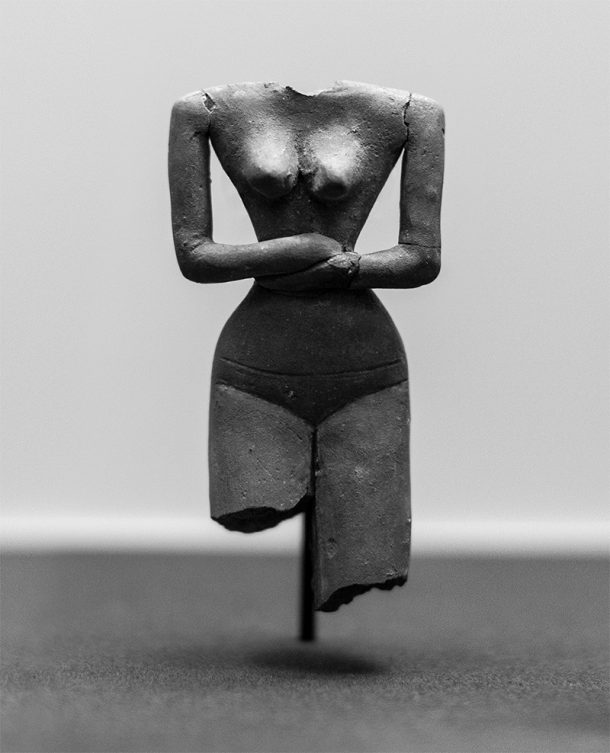
The UN estimates 736 million women in the world – equivalent to one in three – have been subjected to sexual violence at least once in their lifetime. On November 25th, which marked International Day for the Elimination of Violence against Women, the UN launched an initiative of 16 days of activism under the #NoExcuse banner, calling on citizens and governments around the globe to show how they are investing in the prevention of gender-based violence. It is an apt moment to reflect on what scholars have referred to as ‘museum violence’ – the systematic exclusion of certain materials and narratives in order to maintain the patriarchal, colonial status quo.
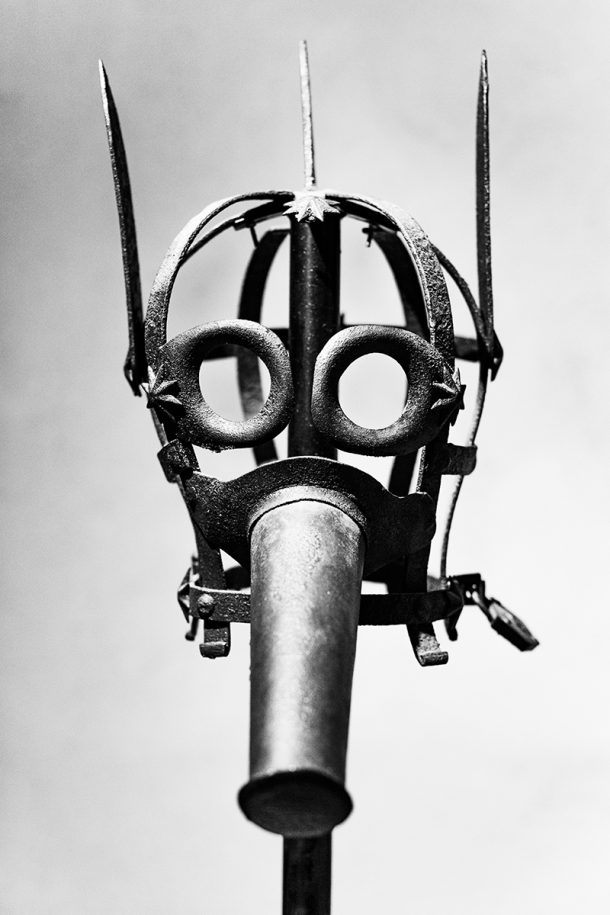
Historically, when sexual violence has been displayed in museums (like every other subject), it has been in depictions by men – from Titian to Gaugin to Picasso. These depictions are celebrated as artworks, but their content usually remains unchallenged by the museum display. Even when it comes to exhibitions and surveys of feminist artists, themes of violence and trauma are often downplayed or shied away from. On Rape serves as a microcosm for an alternative, feminist museum structure, with Abril a collector and custodian of objects and bearing witness to stories that have been wiped from the slate of history.
Last year, Macushla Robinson published her fascinating book Every Rape in the Met Museum. Robinson documented and analysed the 181 works in New York’s Metropolitan Museum collection database that surfaced with the keyword search ‘rape’. Only six of these works were made by women. Sara Morawetz, writing of the project, points out that “art history has traded on stories of rape to create drama, to set up opportunities to paint nude women, and to display the mastery of the artist over his subject. But these images, and the way we describe them, shape how we think about women’s bodies and what can be done to them.”
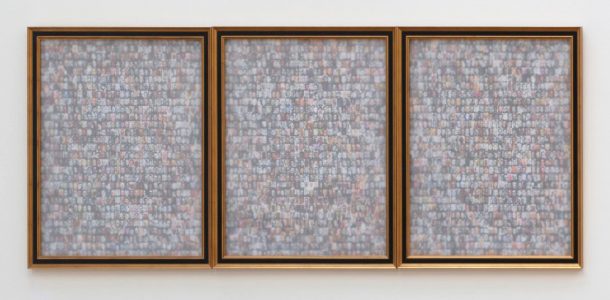
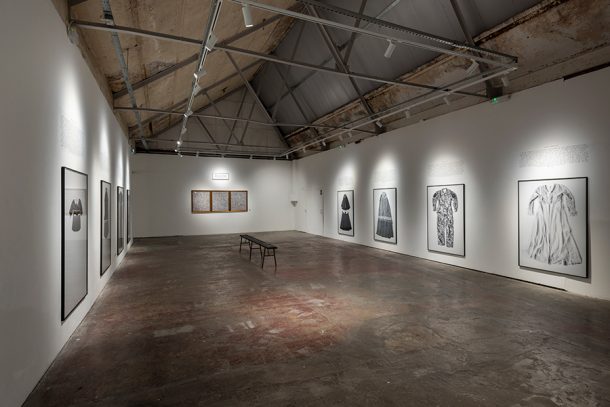
The lack of radical, feminist narratives within the authority of the museum reflects the widespread derision and denial of women’s stories in society in general. It also has to do with the problems in attributing value to art in a market-based economy, and the way museums operate within that infrastructure to acquire works and attract audiences to generate profit. Abril employs a similar strategy to feminist artists in the 1970s – I think of ‘Three Weeks in May’, Suzanne Lacy’s 1977 expanded, collaborative performance piece, which included collecting testimonies of rape in Los Angeles, and marking a map with locations where rapes had been reported every day. Or Sonia Boyce – long kept out of institutions – who has used her own experience of sexual assault, as well as testimonies, to create works. Such testimonies, often graphic, are deeply uncomfortable to view. Sexual violence is not a ticket-selling topic. Feminist, activist work that doesn’t fit the conventional commercial or material structures of the art world, that aren’t easily bought, sold or consumed, remain marginalised.
Ideas about what constitutes ‘good art’, and who it should be for are changing – and models for acquisition and display in museums are being, albeit slowly, adapted to recognise the need to present and interpret artworks that deal with difficult and neglected themes in relation to women’s bodies and trauma. The V&A currently houses some 248 objects referencing rape or sexual violence, one of the largest and most significant collections on the subject found in the UK. Following the exhibition organised by the V&A last year, several works from Abril’s groundbreaking On Rape project have recently been acquired for the V&A’s permanent Photography collection, representing an important attempt to rebalance the representation. Society’s problem with gender-based violence is not improving – cultural institutions have the responsibility of representing all for all. They must remain committed, as Abril is “to tell the most uncomfortable, hidden, stigmatised and misunderstood stories”.
See works by Laia Abril in Explore the Collections.


